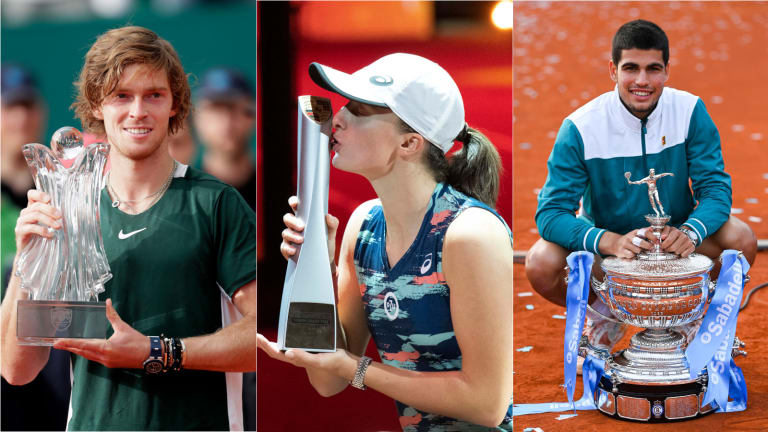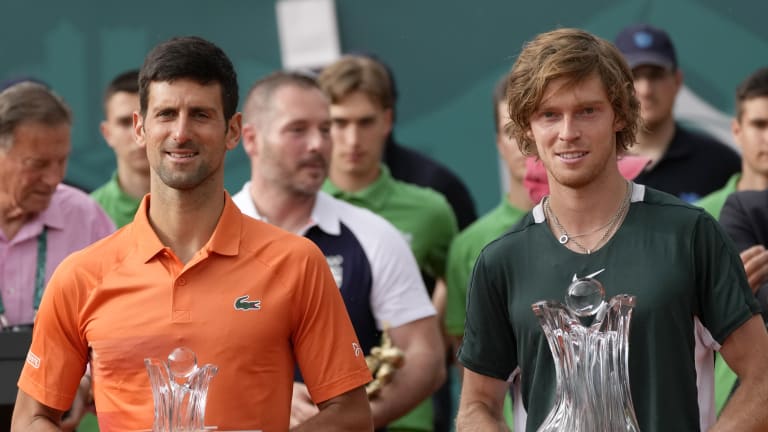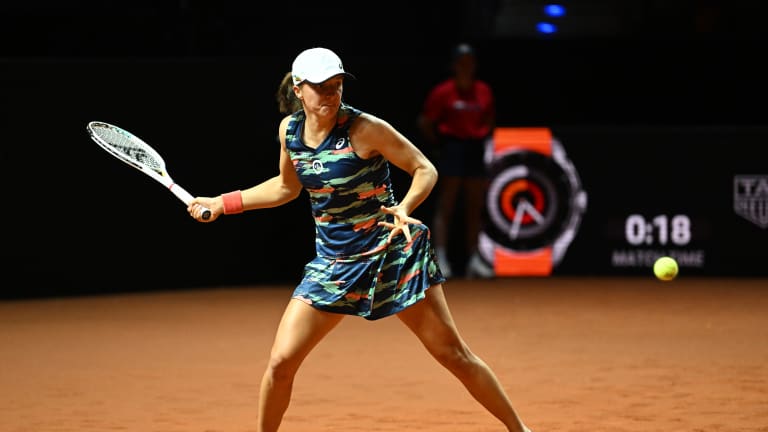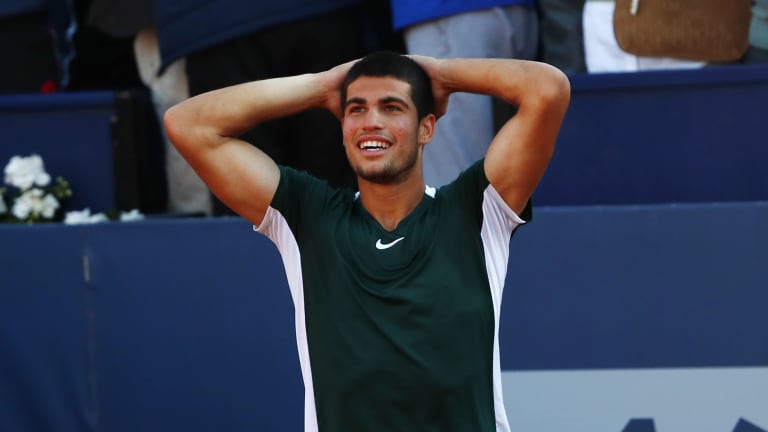“That’s a shot you would have stuck your house on Djokovic making,” one of the commentators calling the Serbia Open final said, after a forehand pass from the ATP No. 1 found the bottom of the net on Sunday.
It was true. Djokovic seemed to have everything set up for another crowd-pleasing comeback win in front of his hometown fans, this time against Andrey Rublev. As he had in his previous three matches this week, Djokovic had lost the first set, before scratching and clawing, huffing and puffing, and finally fist-pumping his way through a second-set tiebreaker, to the immense delight of the audience. Now he was up 15-40 on Rublev’s serve to start the third set.
But even as Djokovic’s game was improving, his physical condition was deteriorating. He hunched over over after long rallies, and walked slowly and heavily between points. Two weeks earlier in Monte Carlo, Djokovic, who will turn 35 in May, ran out of gas in a third set against Alejandro Davidovich Fokina, a development that even he found concerning.
In Belgrade, he had survived tough three-setters against Laslo Djere, Miomir Kecmanovic, and Karen Khachanov. But just when he seemed to have raised his fitness to an adequate level against Rublev, he ran out of gas again. That missed forehand pass at the start of the third set was a harbinger: By the third game, Djokovic was barely moving, and he ended up surrendering a rare bagel set in a 6-2, 6-7 (4), 6-0 loss to Rublev.



